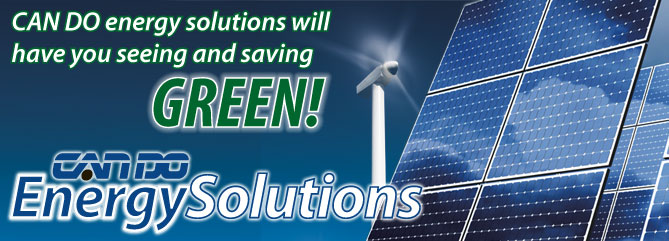

A Renewable Portfolio Standard is a state policy requiring electricity providers to obtain a minimum percentage of the power they deliver to their customers from a set of eligible renewable energy resources by specific dates.
Currently, 27 states plus the District of Columbia have RPS policies in place. Together, these states account for more than half of the electricity sales in the United States. Five additional states have set voluntary RPS goals.
The standard in the Commonwealth of Pennsylvania was set by the Alternative Energy Portfolio Standards Act of 2004 (Act 213), which was signed into law in November 2004 and refined and clarified in subsequent legislation.
The act created Pennsylvania’s Alternative Energy Portfolio Standards (AEPS). These standards require that electric distribution companies and electric generation suppliers include a specific percentage of electricity from renewable resources in the generation that they sell to Pennsylvania customers.
The level of renewable energy required by the AEPS gradually increases according to a 15-year schedule. By May 31, 2021, electric distribution companies and electric generation suppliers are required to supply Pennsylvania customers with electricity from at least 18 percent renewable sources.
The AEPS do not mandate precisely which resources must be utilized and in what quantities, but minimum renewable source ‘tiers’ must be met. For example, at least 0.5 percent of renewable energy provided to customers by May 31, 2021, must come from solar photovoltaics, according to the AEPS.
Tier I sources include new and existing photovoltaic energy, solar-thermal energy, wind, low-impact hydro, geothermal, biomass, biologically-derived methane gas, coal-mine methane, and fuel cells. The AEPS mandates that 8 percent of electricity delivered to customers on May 31, 2021, must come from these Tier I sources.
Tier II sources include new and existing waste coal, distributed generation (DG) systems, demand-side management, large-scale hydro, municipal solid waste, wood pulping and manufacturing byproducts, and integrated gasification combined cycle (IGCC) coal technology. The AEPS mandates that 10 percent of electricity delivered to customers on May 31, 2021, must come from these Tier II sources.
To review more detailed information about Pennsylvania’s current Renewable Energy Portfolio and Alternative Energy Portfolio Standards, click here.
There is also pending legislation in the Pennsylvania General Assembly that may substantially change the Commonwealth’s RPS. The Clean Energy and Green Jobs Bills (currently House Bill 80 and Senate Bill 92) are two pieces of bipartisan legislation that will bolster Pennsylvania’s position as a national leader in renewable energy production, spur investment and create great green jobs. The bills would also create the largest reduction in global warming pollution in the history of the Commonwealth. For the latest information about these bills, click here.
To learn how the AEPS can affect your business, or to learn how to learn about new opportunities in Northeastern Pennsylvania because of the regulations, contact CAN DO Energy Solutions.
(Sources: U.S. Department of Energy Energy Efficency and Renewable Energy; Database for State Incentives and Renewable Energy)
